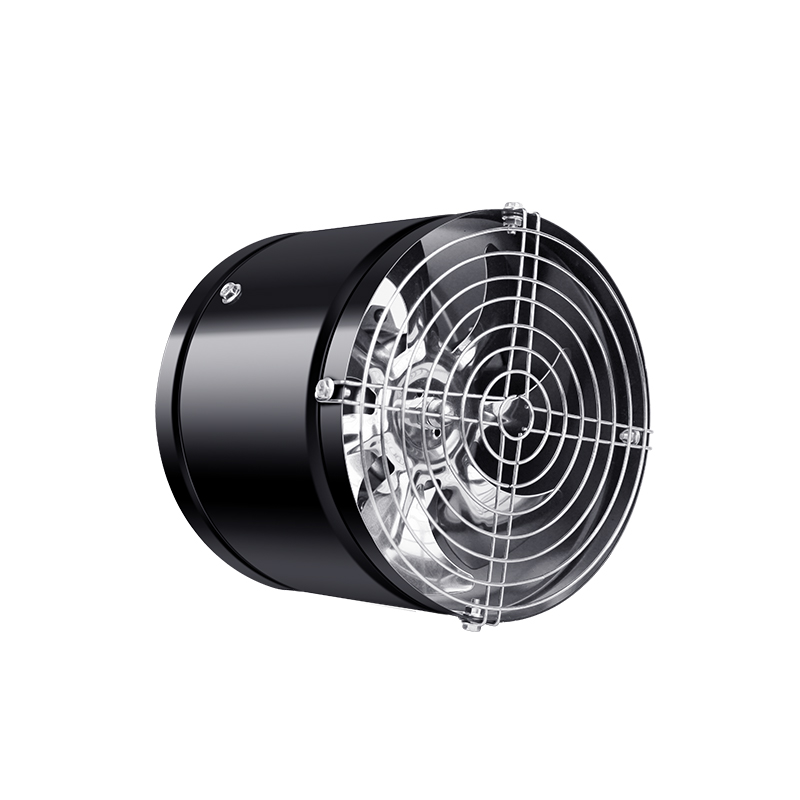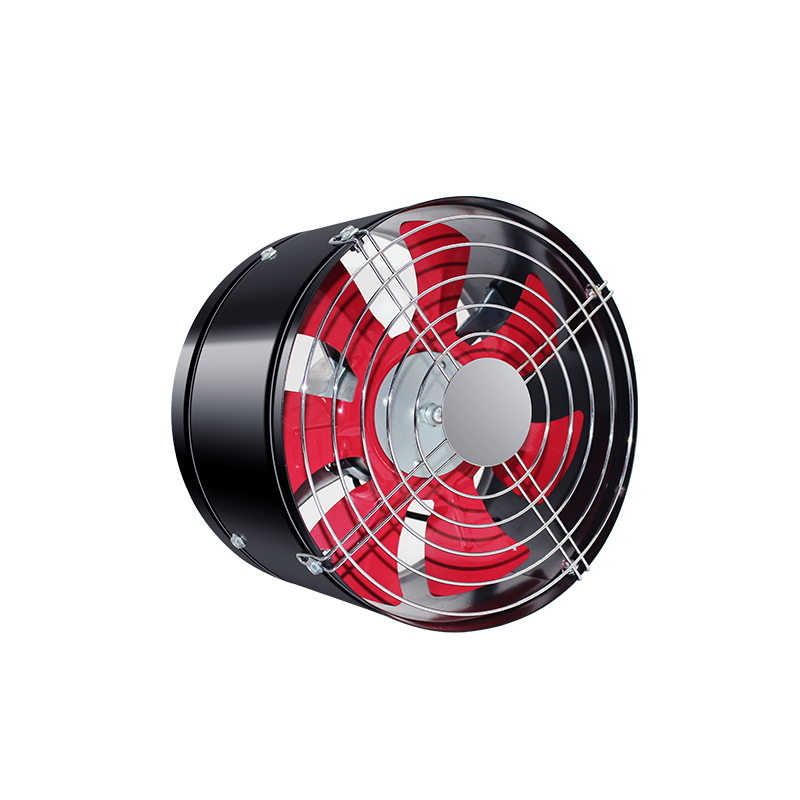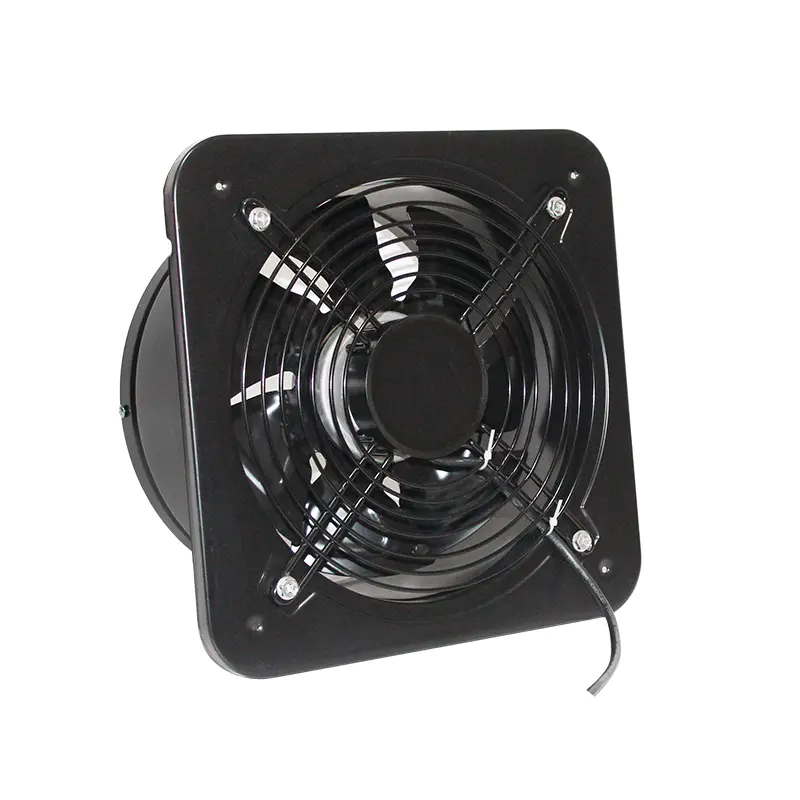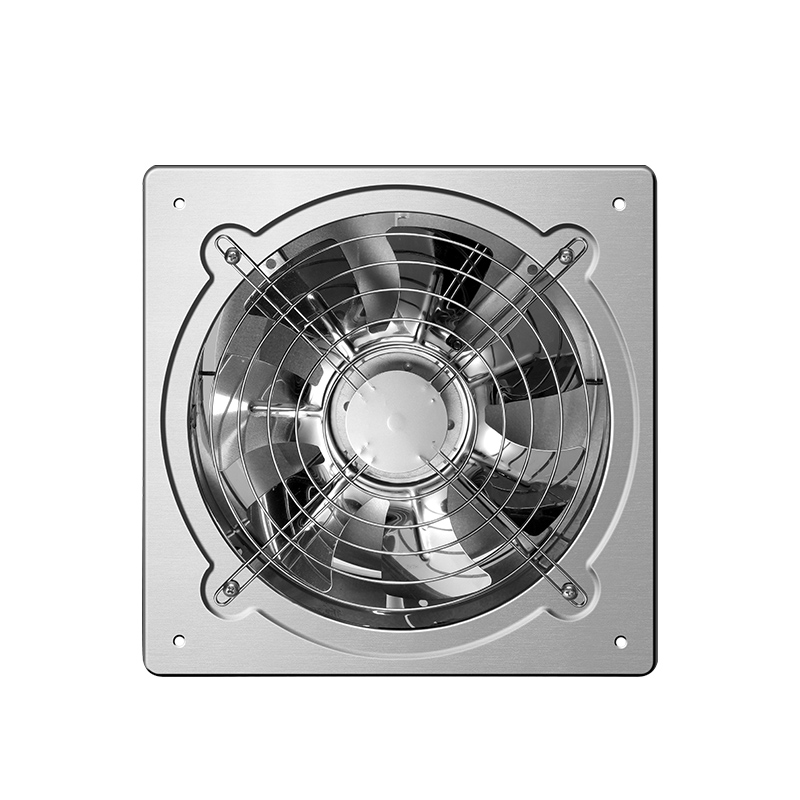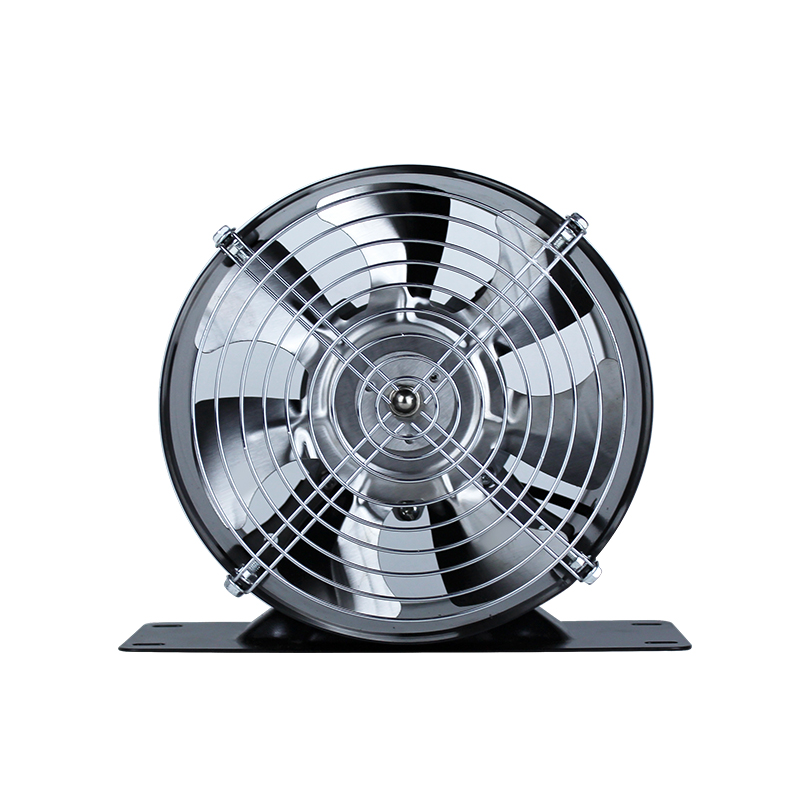News
How to Improve Axial Flow Fan Efficiency? A Comprehensive Guide & Professional Advice
In the field of industrial and commercial ventilation, Axial Flow Ventilation Fans are highly regarded for their high air volume and compact design. However, their operating efficiency directly impacts energy costs and system lifespan. This article delves into how to comprehensively enhance the operational efficiency of axial flow fans through system design, correct selection, standardized maintenance, and advanced control strategies, achieving the dual goals of energy savings and performance optimization.
Understanding the Core Factors of Axial Flow Fan Efficiency
Before working on improving efficiency, we must understand several key parameters that affect the performance of axial flow ventilation fans. Efficiency is not just about motor power consumption; it's about the entire system's ability to convert electrical energy into effective air power.
- Airflow: The volume of air moved by the fan per unit of time, a core performance indicator.
- Static Pressure: The fan's ability to overcome resistance in the system, such as ducts, filters, and louvers.
- Shaft Power: The actual power input to the fan shaft from the motor.
- Efficiency: The ratio of the fan's air power (output) to the shaft power (input).
What is the Relationship Between Fan Static Pressure and Efficiency?
Static pressure and efficiency are directly related. Fans do not operate in a vacuum; system resistance (static pressure) determines the fan's operating point. When system resistance increases, the fan consumes more energy to overcome it. If the fan is improperly selected, it will operate in an inefficient zone. Therefore, accurately calculating system static pressure is a critical part of axial flow ventilation system design, ensuring the fan operates near its peak efficiency.
Evaluating Fan Performance Curves: The First Step in Selection
The performance curve is the fan's "ID card," showing the relationship between airflow, static pressure, power, and efficiency. The wise choice is to have the fan's operating point (your required airflow and static pressure) fall within the high-efficiency region of its performance curve, typically within 80%-110% of the peak efficiency point. Ignoring the performance curve during selection is the most common cause of low efficiency.
Five Practical Strategies to Enhance Efficiency
With a theoretical foundation in place, we can significantly improve the operational efficiency of axial flow ventilation fans through a series of specific, actionable strategies.
Optimizing System Design and Reducing Pressure Loss
The most efficient fan will underperform if installed in a poorly designed system. Optimizing system design is the most effective and cost-efficient way to improve overall efficiency. The goal is to minimize friction and turbulence losses during airflow.
- Ensure inlet and outlet are unobstructed, avoiding sharp bends and sudden contractions or expansions in ducts.
- Provide a straight duct section of at least 1.5 times the fan diameter upstream of the fan inlet for smooth airflow.
- Use streamlined dampers and vanes instead of traditional louvers to reduce resistance.
Correct Installation and Precise Alignment
Improper installation can introduce vibration, extra load, and uneven airflow, all of which harm efficiency. Ensure the fan base is solid and the motor shaft is precisely aligned with the fan impeller. Using a laser alignment tool for precise calibration can significantly reduce energy loss and component wear caused by misalignment.
Establishing a Regular Cleaning and Maintenance Schedule
The buildup of dust, grease, and debris on the blades alters their aerodynamic profile and increases rotational mass, significantly reducing airflow and efficiency. Adhering to a detailed axial flow fan maintenance checklist is key to maintaining peak performance.
- Regularly inspect and clean fan blades, hub, and housing interior.
- Check and tighten all bolts and electrical connections.
- Listen for abnormal noises and monitor vibration levels.
Using Variable Speed Drives for Airflow Control
In many applications, ventilation requirements are dynamic. Using dampers for throttling is the least efficient method of airflow control. In contrast, Variable Speed Drives (VSDs) adjust the fan speed according to actual demand. According to the Fan Laws, power is proportional to the cube of the speed, so a small reduction in speed results in substantial energy savings.
| Control Method | Energy Consumption | Efficiency Rating |
| Damper Control | High | Inefficient, not recommended for long-term savings |
| Variable Frequency Drive | Low to Very Low | Highly efficient, precisely matches power to demand |
Monitoring Performance and Conducting Preventive Maintenance
Don't wait for the fan to fail before taking action. By regularly recording data on current, voltage, airflow, and vibration, you can track performance trends and intervene promptly when efficiency begins to decline. This preventive approach helps avoid unplanned downtime and costly repairs.
Industrial Axial Flow Fan Selection Guide: Matching the Best Fan to Your Application
A successful ventilation project starts with the right selection. A comprehensive industrial axial flow fan selection guide should cover all key decision points. First, you must define the application scenario (e.g., factory floor cooling, ducted exhaust, warehouse ventilation) and accurately calculate the required airflow and system static pressure. Next, consider environmental factors such as air temperature, humidity, and the presence of dust or corrosive gases, which will influence the fan's material and protection rating. Finally, compare your operating parameters with the performance curves of different fans, selecting the model that offers the highest efficiency at your target operating point. Professional manufacturers, such as Shengzhou Qiantai Electric Appliance Co., Ltd., with strong technical expertise and advanced testing equipment, can provide customers with precise axial flow fan efficiency calculation and selection support, ensuring products operate under optimal conditions.
FAQ
Which is more efficient, an axial fan or a centrifugal fan?
This entirely depends on the application. There is no absolute "more efficient," only "more suitable." Axial fans are generally more efficient in applications requiring high air volume and low to medium static pressure (e.g., workshop ventilation, tunnel air exchange) because their airflow is parallel and direct. Centrifugal fans excel at overcoming medium to high static pressures (e.g., long duct systems with filters or heating coils), as their 90-degree airflow change is structurally better suited for handling resistance. The key to selection is matching the fan type to the system's airflow-static pressure characteristics.
How often should I clean my axial flow fan?
The cleaning frequency depends heavily on the operating environment. In clean air environments, a visual inspection and cleaning every 6 to 12 months may suffice. However, in dusty, greasy, or fiber-laden industrial environments (e.g., woodworking, textiles, kitchens), the frequency may need to be increased to monthly or quarterly. Incorporating this into your axial flow fan maintenance checklist and strictly adhering to it is the most effective way to maintain the efficiency and lifespan of axial flow ventilation fans. Regular cleaning is also an effective measure for how to reduce noise from axial flow fan, as balanced, clean blades operate more quietly.
How do I calculate the actual operating efficiency of an axial flow fan?
Performing an accurate axial flow fan efficiency calculation requires measuring several parameters. First, you need to measure the fan's airflow (usually using an anemometer and a known cross-sectional area) and static pressure (using a pressure gauge). Then, measure the motor's input power (using a power meter). The fan efficiency (η) is calculated as: η = (Airflow × Static Pressure) / (Input Power × K), where K is a constant depending on the units used. For precise engineering assessment, it is recommended to perform this in a professional lab or use performance test data provided by the manufacturer.
What are the main causes of excessive noise in an axial flow fan?
Learning how to reduce noise from axial flow fan first requires diagnosing the source. Primary causes include: 1) Aerodynamic Noise: Generated by turbulent interaction between the blades and air, often exacerbated by foreign objects on the blades or poor design. 2) Mechanical Noise: Stemming from bearing wear, loose components, or vibration caused by rotor imbalance. 3) Resonance: Occurs when the fan's rotational frequency coincides with the natural frequency of the fan itself or its mounting structure. Solutions include ensuring the fan is clean, dynamically balanced, securely installed, and installing vibration isolators and silencers if necessary.


 English
English 中文简体
中文简体
